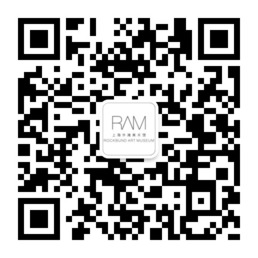| Venue: | Shanghai International Studies University (Songjiang Campus) |
|---|---|
| Speaker: | Anthony Yung |
| Category: | Talks |
| Language: | Chinese |
SHARE with friends
About the Talk
Practitioners of visual arts in Asia are proactively exploring new art forms that can demonstrate, summarize and integrate into the ever-changing Asian societies and realities. These efforts have generated extensive information. Where can researchers and writers on art history find this information? In response to such demand, Asia Art Archive (AAA) is established to collect comprehensive information that helps reflect the entire development process of Asian arts.
During the past 20 years or so, AAA has made relentless efforts to overcome various challenges confronting it. As most donations are private collections, including some valuable only existing copies, donors often require the receiving institution to be capable of keeping running in the long term. How did AAA, a newly-established archival institution, win the trust of donors? Given that most enterprise entities and private sponsors prefer exhibitions over archival institutions, how did AAA obtain adequate funding? Considering that Asia hosts, on its vast land, a wide range of ethnic groups with different languages and religious beliefs living in various landscapes and economic systems, how did AAA overcome language and cataloging system differences and network access gaps to ensure information exchange?
Since it established in Hong Kong in 2000, AAA has been committed to the conservation and exchange of resources illustrating Asian modern arts from multiple perspectives. Valuable archives are available both on AAA’s website and in the brick-and-mortar institution for the public to search for and read useful information for free. In addition, AAA has developed effective research tools, established a community for audience, and promoted inspiring communication by hosting a number of research programs, residency projects and education events. It has enhanced public awareness of collecting, managing, sharing and communicating knowledge and information on contemporary arts.
In this talk, the speaker will also answer the following questions:
1. As a single entity, or an entity specialized in a specific field, is not capable of covering the diverse fields of contemporary arts in Asia, how did AAA develop an effective network of experts and partners to provide a comprehensive set of infrastructure necessary for contemporary art creation?
2. How can art museums, higher education institutions and individual researchers collaborate with AAA?
3. As AAA and RAM are both dedicated to promoting the development of Asian contemporary arts, what are their shared challenges?
4. In this ever-changing world, how has AAA transformed itself over the past years, and what has it been doing to flexibly address the changing trends?
About the Speaker
Anthony Yung is Senior Researcher and Project Manager at Asia Art Archive (AAA), specialized in the post-1970 contemporary art development in Mainland China. He co-directed the documentary “From Jean-Paul Sartre to Teresa Teng: Cantonese Contemporary Art in the 1980s.” In 2014, Yung was honored with the Fourth Yishu Award for Critical Writing on Contemporary Chinese Art. In 2015, he co-curated the exhibition “A Hundred Years of Shame: Songs of Resistance and Scenarios for Chinese Nations” in Para Site in Hong Kong. He is also the co-founder of Observation Society, an independent art space in Guangzhou.


